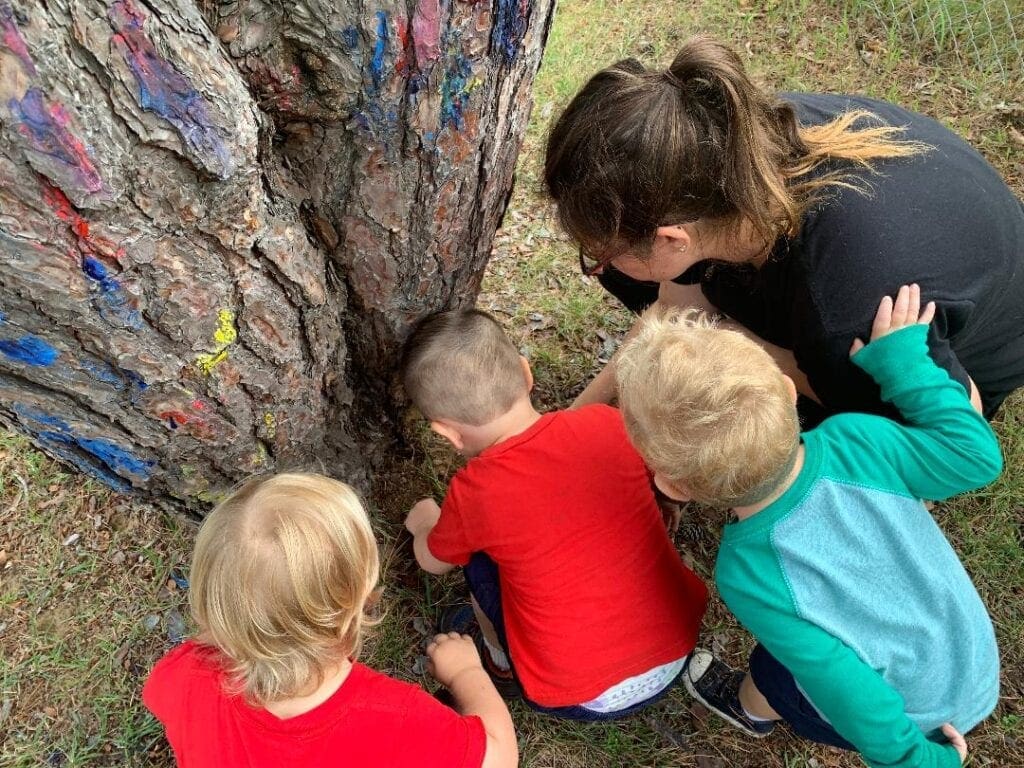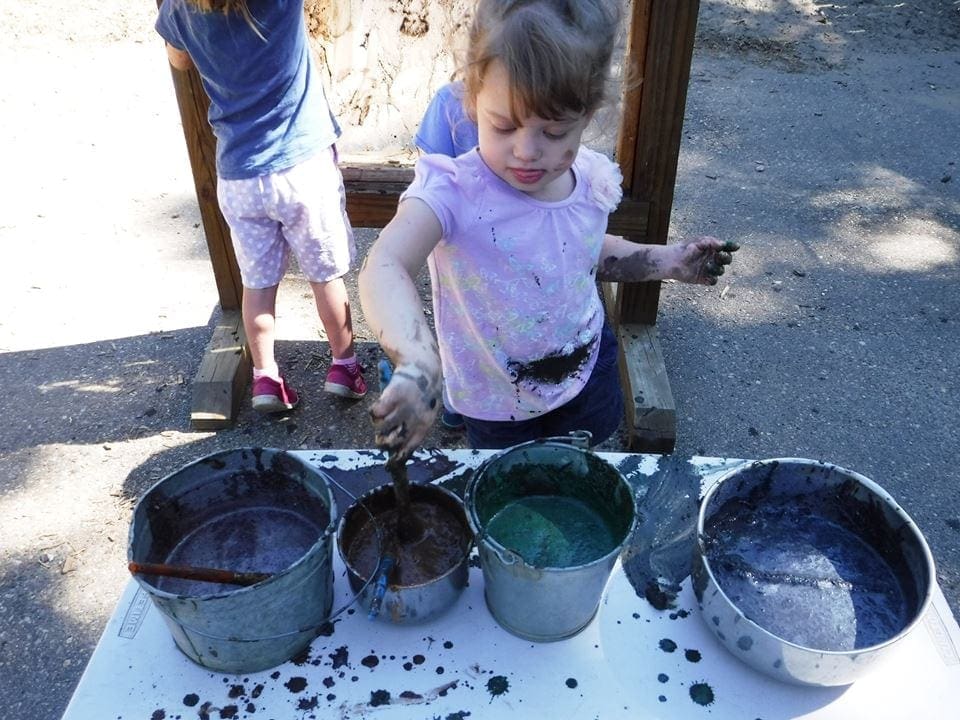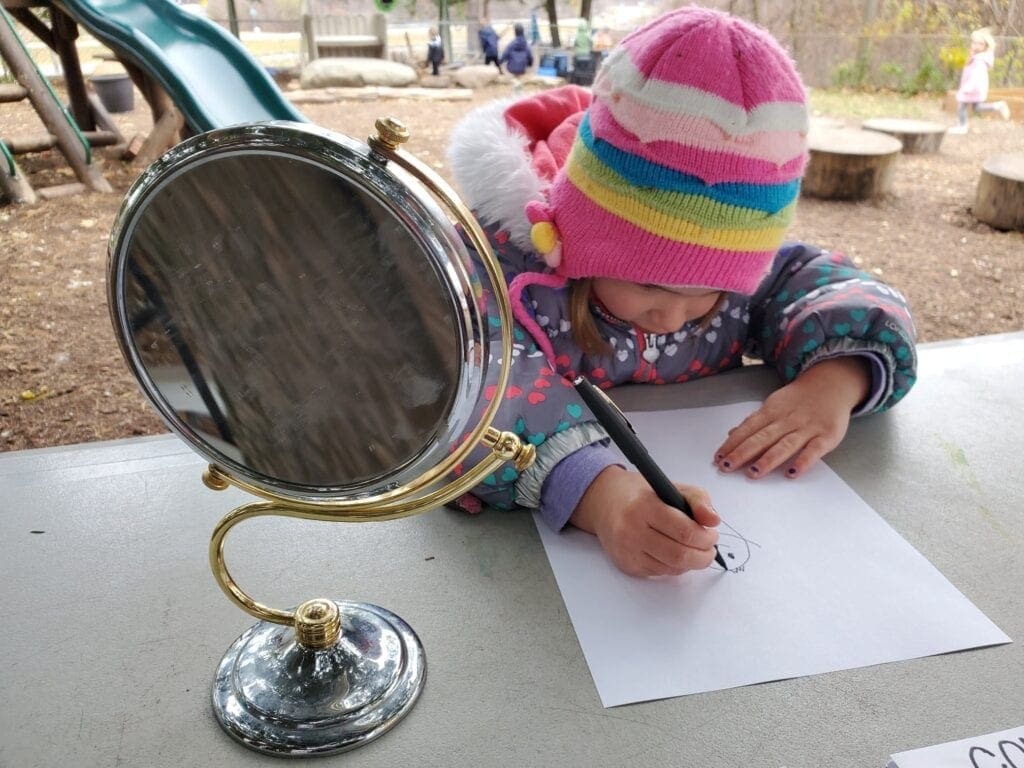By Lella Gandini, Ed.D. — North American Reggio Emilia Alliance
An introduction to the core values of Reggio Emilia, Italy:
The image of the child.
All children have preparedness, potential, curiosity; they have an interest in relationships, in constructing their own learning, and in negotiating with everything the environment brings to them. Children should be considered as active citizens with rights, as contributing members, with their families, of their local community.
Children’s relationships and interactions within a system.
Education has to focus on each child, not considered in isolation, but seen in relation with the family, with other children, with the teachers, with the environment of the school, with the community, and with the wider society. Each school is viewed as a system in which all these relationships, which are all interconnected and reciprocal, are activated and supported.
The image of the child.
All children have preparedness, potential, curiosity; they have an interest in relationships, in constructing their own learning, and in negotiating with everything the environment brings to them. Children should be considered as active citizens with rights, as contributing members, with their families, of their local community.
The role of parents.
Parents are an essential component of the program; a competent and active part of their children’s learning experience. They are not considered consumers but co-responsible partners. Their right to participation is expected and supported; it takes many forms and can help ensure the welfare of all children in the program.
The role of space: amiable schools.
The preschools convey many messages, of which the most immediate is: this is a place where adults have thought about the quality and the instructive power of space. The layout of physical space fosters encounters, communication, and relationships. Children learn a great deal in exchanges and negotiations with their peers; therefore teachers organize spaces that support the engagement of small groups.
Teachers and children as partners in learning.
A strong image of the child has to correspond to a strong image of the teacher. They are supported, valued for their experience and their ideas, and seen as researchers. Cooperation at all levels in the schools is the powerful mode of working that makes possible the achievement of the complex goals that Reggio educators have set for themselves.
Not a pre-set curriculum but a process of inviting and sustaining learning.
Once teachers have prepared an environment rich in materials and possibilities, they observe and listen to the children in order to know how to proceed with their work. Teachers use the understanding they gain thereby to act as a resource for them. They ask questions and thus discover the children’s ideas, hypotheses, and theories. They see learning not as a linear process but as a spiral progression and consider themselves to be partners in this process of learning. After observing children in action, they compare, discuss, and interpret together with other teachers their observations, recorded in different ways, to leave traces of what has been observed. They use their interpretations and discussions to make choices that they share with the children.
The power of documentation.
Transcriptions of children’s remarks and discussions, photographs of their activity, and representations of their thinking and learning are traces that are carefully studied. These documents have several functions. The most important among them is to be tools for making hypotheses (to project) about the direction in which the work and experiences with the children will go. Once these documents are organized and displayed they help to make parents aware of their children’s experience and maintain their involvement. They make it possible for teachers to understand the children better and to evaluate the teachers’ own work, thus promoting their professional growth; they make children aware that their effort is valued; and furthermore, they create an archive that traces the history of the school.
The many languages of children.
Atelierista and atelier. A teacher who is usually prepared in the visual arts works closely with the other teachers and the children in every preprimary school and visits the infant-toddler centers. This teacher, who works in a special workshop or studio known as an “atelier”, is called an “atelierista”. The atelier contains a great variety of tools and resource materials, along with records of past projects and experiences. What is done with materials and media is not regarded as art per se, because in the view of Reggio educators the children’s use of many media is not a separate part of the curriculum but an inseparable, integral part of the whole cognitive/symbolic expression involved in the process of learning. Through time the materials and work of the “atelier” has entered into all the classrooms through the setting up of “mini-ateliers” and through the learning on the part of teachers and atelierista to work in very connected ways.
Projects.
Projects provide the narrative and structure to the children’s and teachers’ learning experiences. They are based on the strong conviction that learning by doing is of great importance and that to discuss in groups and to revisit ideas and experiences is essential to gain a better understanding and to learn. Projects may start either from a chance event, an idea, or a problem posed by one or more children, or an experience initiated directly by teachers. They can last from a few days to several months.
Research based program
Heidi Harris, Spring Arbor University & University of Arizona Global & Suzanne Gabli, Building Blocks Preschool presented at 2021 MIAEYC
Despite credible research to support a constructivist-based approach in early childhood programs, policymakers continued to push for a more academic-based philosophy in an effort to reach standardized testing goals. Reggio Emilia, a constructivist-based early childhood philosophy that originated in Northern Italy, has been shown to be an excellent model to facilitate optimum learning in young children. The purpose of this presentation is to share the results of a research study conducted that investigated parental experiences when choosing the constructivist-based early childhood program, Reggio Emilia, for their children and to explore parents’ perceived benefits after their children attended. Five parents who had enrolled their children at a Reggio Emilia-inspired program, Building Blocks Preschool, for a minimum of 6 months participated. Results indicated parents identified an overall satisfaction for choosing a Reggio Emilia experience for their preschool children. Ten perceived benefits were associated with their children after they attended the Reggio Emilia-inspired program. Findings of the current study favor the choice of a constructivist-based Reggio Emilia-inspired program over alternative options.
Download our Parental choice and perceived benefits of Reggio Emilia Inspired Programs Heidi Harris 2019 research Right Here





